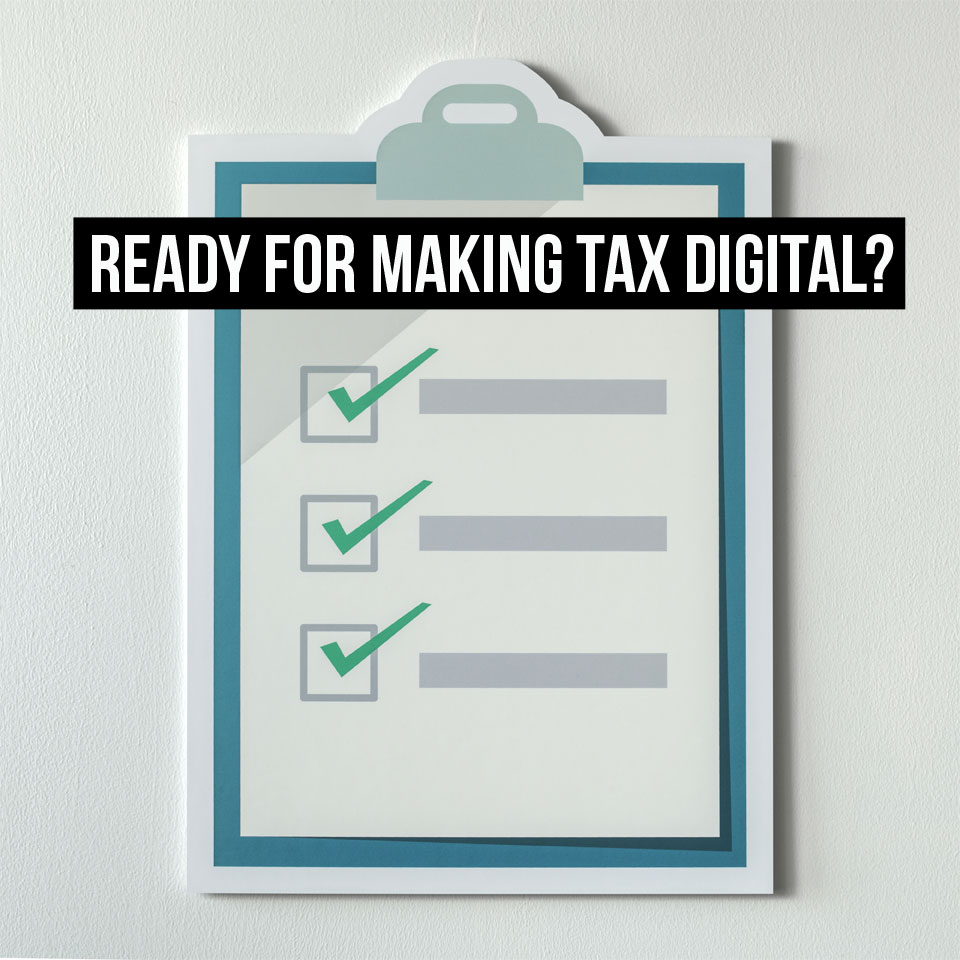It’s almost here. In less than a week, the April 1st Making Tax Digital deadline arrives. What does this mean for businesses? For some, it will mean that they will need to use HMRC-approved software to digitally keep track of their records and submit returns directly to HMRC online.
If you already know that your business falls under the requirements for using Making Tax Digital software and you’re a Debitoor user, then you’re already ahead of the game. But just in case you’re just getting started, here is a quick list of three things you can do now to get ready:

1. Find HMRC-approved Making Tax Digital software
In order for businesses in the UK to adhere to the regulations under Making Tax Digital, they need to find software that has been approved by HMRC. This software can be online accounting and record-keeping software, or a combination of traditional spreadsheets and bridging software can be used.
Although it could be tempting to continue using Excel to manage your accounts (is it though?) most available bridging software is not free. Accounting & invoicing software like Debitoor that allows you to manage your income and expenses online also provides automatic calculations and the ability to submit your VAT returns with a click makes this process faster, smoother, and less susceptible to error.
2. Sign up for Making Tax Digital
It seems that there has been a little confusion about how businesses should be moving forward with MTD. One of the first steps that any VAT-registered business that currently has a taxable turnover above £85,000 should take is to visit the HMRC MTD sign up page and go through the sign-up process.
According to HMRC, once you complete the sign up, you will receive a confirmation by email within 72 hours. While you should have a software already in mind when you sign up, you will also need to first sign up before you’ll be able to connect your account to HMRC and submit VAT returns.
3. Determine when you’ll need to submit your first VAT return online
Keep in mind that although there is a ‘deadline’ of April 1st, this means that the requirements for Making Tax Digital apply for the next reporting period that starts after that date (HMRC VAT Notice 700/22 section 2.1.2). For example, if your business uses monthly reporting, the first submission would be before the first week of May.
If your business uses quarterly reporting on the January, April, July, October schedule, then your first online VAT submission through HMRC-approved software would be in July. In other words, if your January-March quarter is just ending, it is still possible to use the method you have used previously to submit that VAT return, but the next one will need to be done through MTD software.
